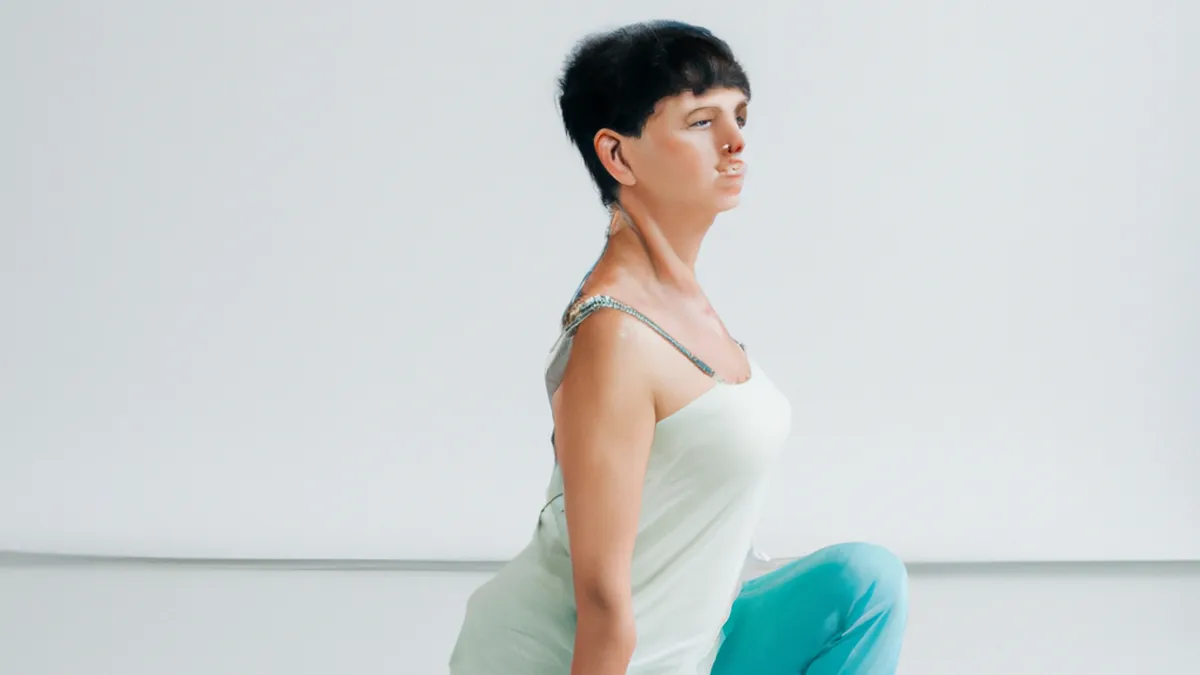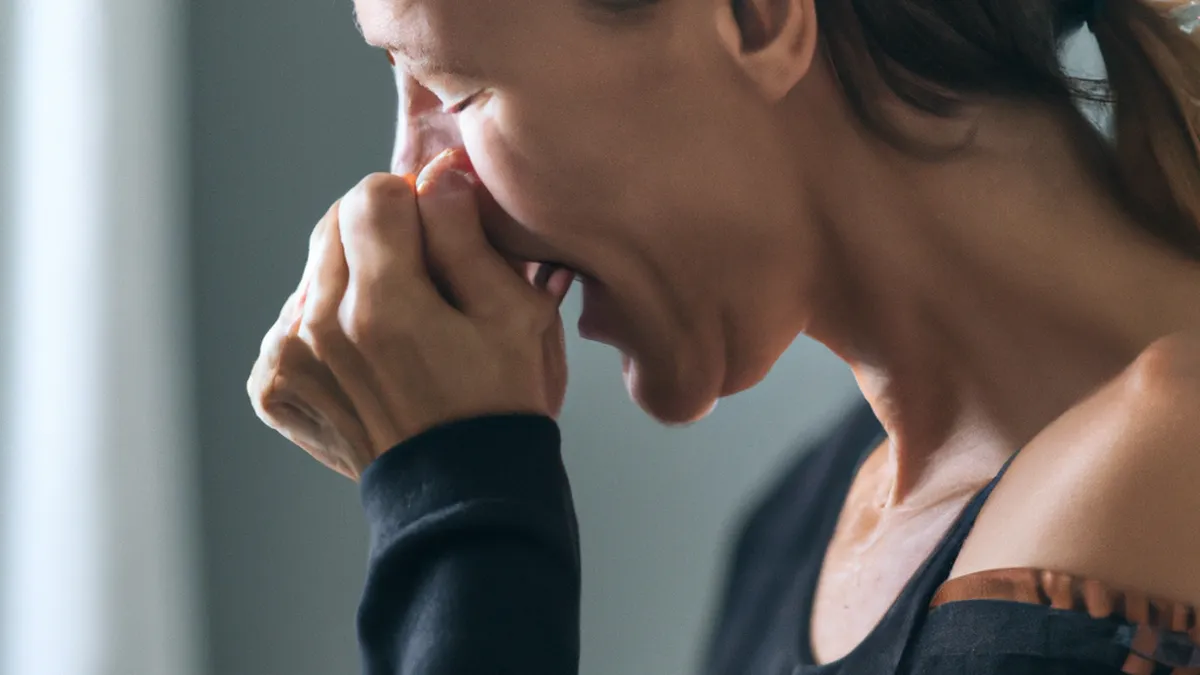Graceful Movement: Senior Barre Guide
Senior-Friendly Barre ModificationsBarre classes blend strength training, flexibility, and balance work. They use elements from ballet, Pilates, and yoga for a dynamic workout. However, seniors may find some traditional barre exercises challenging due to joint pain, decreased mobility, and balance issues. With thoughtful modifications, seniors can safely enjoy barre workouts. This guide explores essential modifications, tips for safe workouts, and benefits of barre for seniors.
Understanding the Basics of Barre
Barre workouts focus on small, controlled movements that engage specific muscle groups. These exercises build strength, enhance flexibility, and improve body awareness. Seniors may face unique challenges that make some movements difficult. Modifying exercises ensures a safe and enjoyable experience.
Essential Modifications for Seniors
1. Use a Chair for Support
Many barre exercises require balance, which can challenge seniors. Use a sturdy chair or wall for support. During squats or pliés, place your hand on the chair’s back. This support helps maintain proper form and balance. As your confidence and strength grow, gradually reduce reliance on the chair.
2. Adjust Range of Motion
Flexibility varies among individuals, especially as we age. Adjust your range of motion according to comfort. Instead of a deep lunge, perform a shallower version to reduce strain on your knees and hips. When lifting your leg during a side kick, keep your leg lower to avoid overextending. Engage target muscles without risking injury.
3. Substitute High-Impact Moves
Some barre classes include high-impact movements like jumping, which can stress joints. Swap these for low-impact variations. Instead of a jump squat, choose a step-back lunge. This modification maintains strength-building benefits while minimizing joint stress.
4. Incorporate Gentle Arm Movements
Many barre routines feature intricate arm movements that can strain shoulders and wrists. Use lighter weights or no weights to alleviate strain. Focus on fluid, gentle movements that engage your arms without discomfort. Perform arm exercises seated if standing for long periods is difficult.
5. Slow Down the Pace
Seniors often benefit from a slower workout pace. This approach allows for better control and form focus. If your barre class feels rushed, take a step back and perform movements at your own pace.
Conclusion
As an Amazon Associate I earn from qualifying purchases.
Gear tip: consider foam yoga wedge, yoga mat, and yoga bolster to support this topic.
Seniors can safely enjoy barre workouts with thoughtful modifications. Adjusting exercises enhances comfort and reduces injury risk. Embrace the benefits of barre for a healthier lifestyle.
Below are related products based on this post:
FAQ
What are barre workouts?
Barre workouts blend strength training, flexibility, and balance exercises, incorporating elements from ballet, Pilates, and yoga. These workouts focus on small, controlled movements to engage specific muscle groups and enhance body awareness.
Why do seniors need modifications for barre exercises?
Seniors may face challenges such as joint pain, decreased mobility, and balance issues, making traditional barre exercises difficult. Modifications ensure that seniors can safely participate in barre workouts while minimizing the risk of injury.
What are some essential modifications for seniors in barre classes?
Essential modifications include using a chair for support, adjusting the range of motion, substituting high-impact moves with low-impact variations, incorporating gentle arm movements, and slowing down the pace of the workout. These adjustments help seniors maintain proper form and comfort during their exercises.















Post Comment